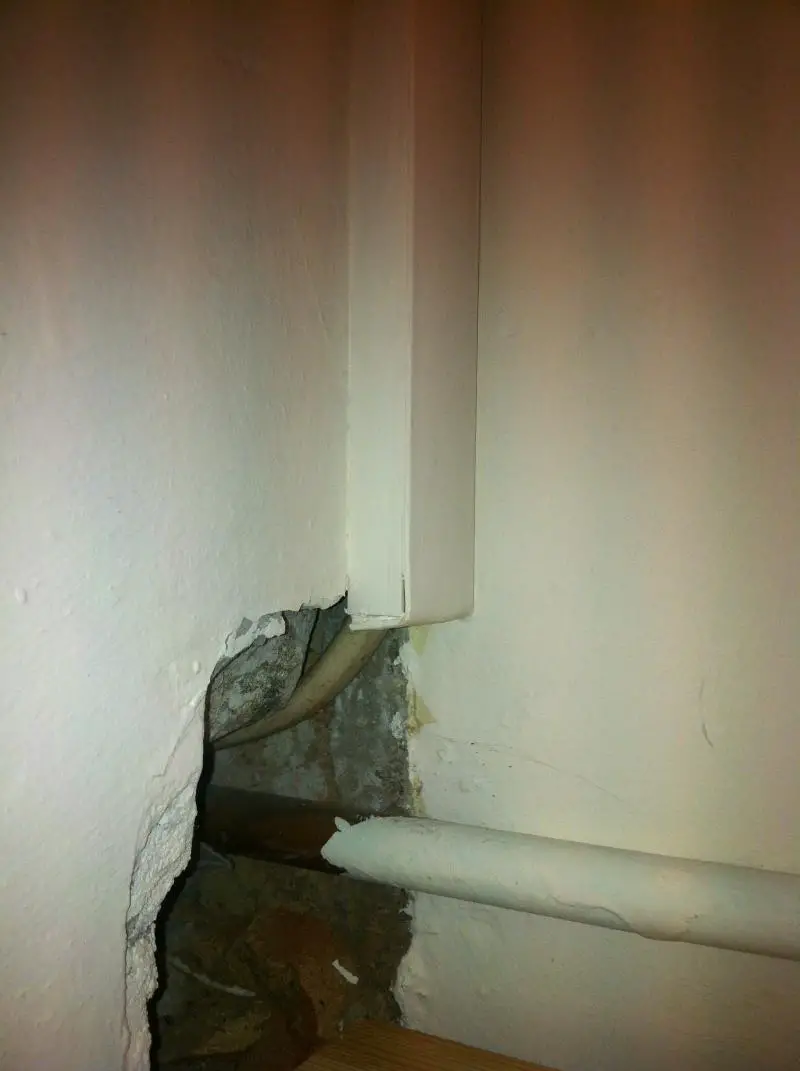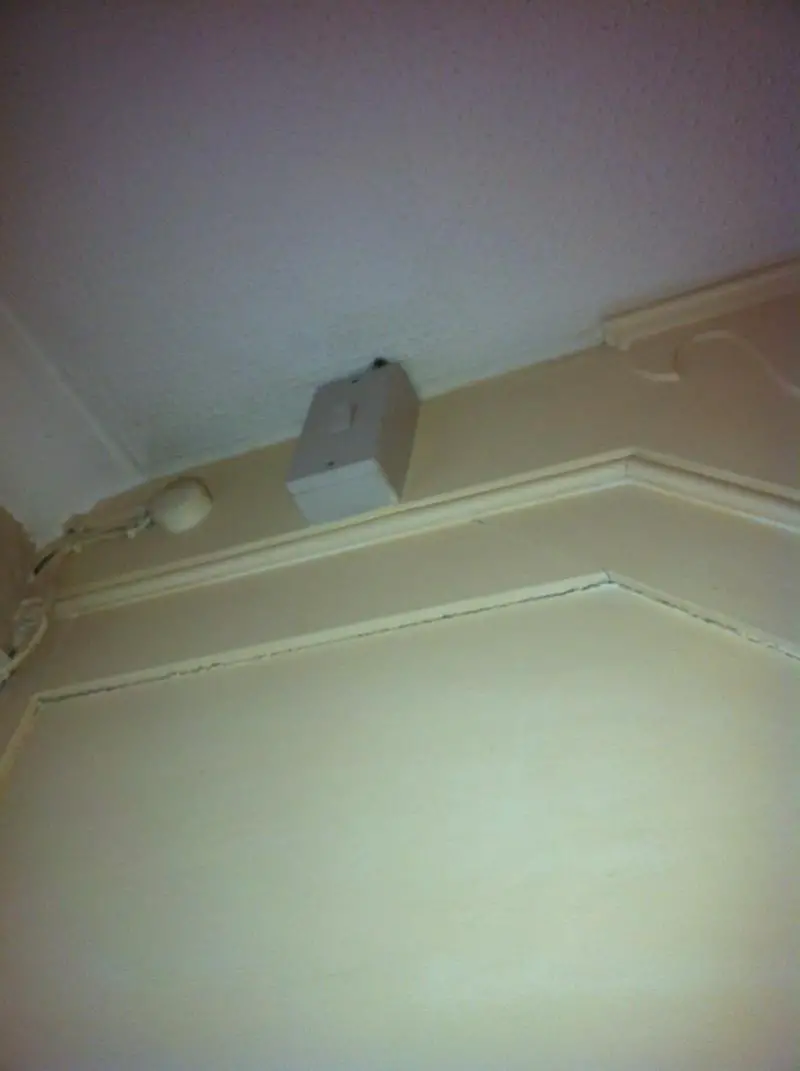Hello,
I would like to install a plug socket in an under stairs cupboard. The cuboard is next to the toilet that has an old unused shower in it. The shower is electric and the electrical supply comes through the cupboard in question and through a hole in the wall to the shower (see attached photo 1). The cable passes through a switch on the outside of the cupboard (see attached photo 2). Is its possible to remove the cable from the shower and attach a plug socket?
Thanks,
David
I would like to install a plug socket in an under stairs cupboard. The cuboard is next to the toilet that has an old unused shower in it. The shower is electric and the electrical supply comes through the cupboard in question and through a hole in the wall to the shower (see attached photo 1). The cable passes through a switch on the outside of the cupboard (see attached photo 2). Is its possible to remove the cable from the shower and attach a plug socket?
Thanks,
David




